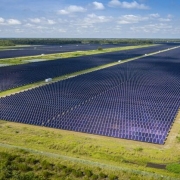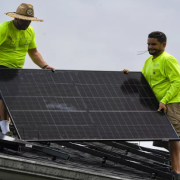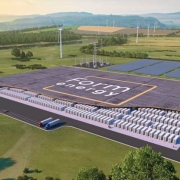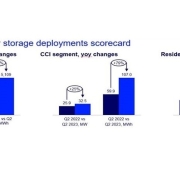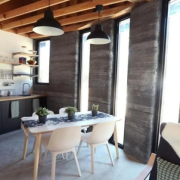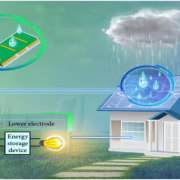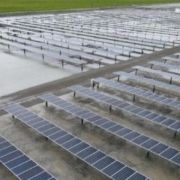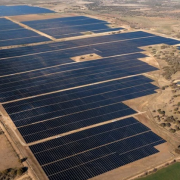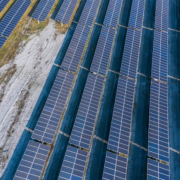This week, the US Energy Information Administration (EIA), the government body that publishes data on the state of the US power sector, published its latest monthly report on the country’s energy mix. Critically, this month’s data covers the US energy sector up to and including June this year, providing information on power in the first half of the year, and offering ample opportunities to compare the US’ energy performance to other halves and quarters in recent US history.
Many of the takeaways are relatively straightforward, with the US on track for record-breaking levels of electricity generation across the power sectors. In the first half of this year, the US produced 50.3 quadrillion British thermal units (BTU), the most in the first half of a year in history, and putting the US on pace to produce over 100qBTU this year, should it maintain the current levels of production for the remainder of the year, which would be a record figure.
Click here to read the full article
Source: PV Tech
—
If you have any questions or thoughts about the topic, feel free to contact us here or leave a comment below.

